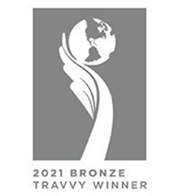Latest from Japan
Here's our Japan newsfeed keeping you up to date with all the latest stories from Japan.
Up to the minute news
Find out what's going on in Japan with up-to-date news covering industry to entertainment; fashion trends to politics and even the imperial family.
What's going on in Japan?
Keep up with all the latest comings and goings from our favourite country.
Latest from Japan
Here's our Japan newsfeed keeping you up to date with all the latest stories from Japan.
 Australia
Australia
 USA
USA
 Inside Japan UK office
Inside Japan UK office Inside Japan US office
Inside Japan US office Inside Japan Australia office
Inside Japan Australia office Inside Japan - Japan office
Inside Japan - Japan office



























